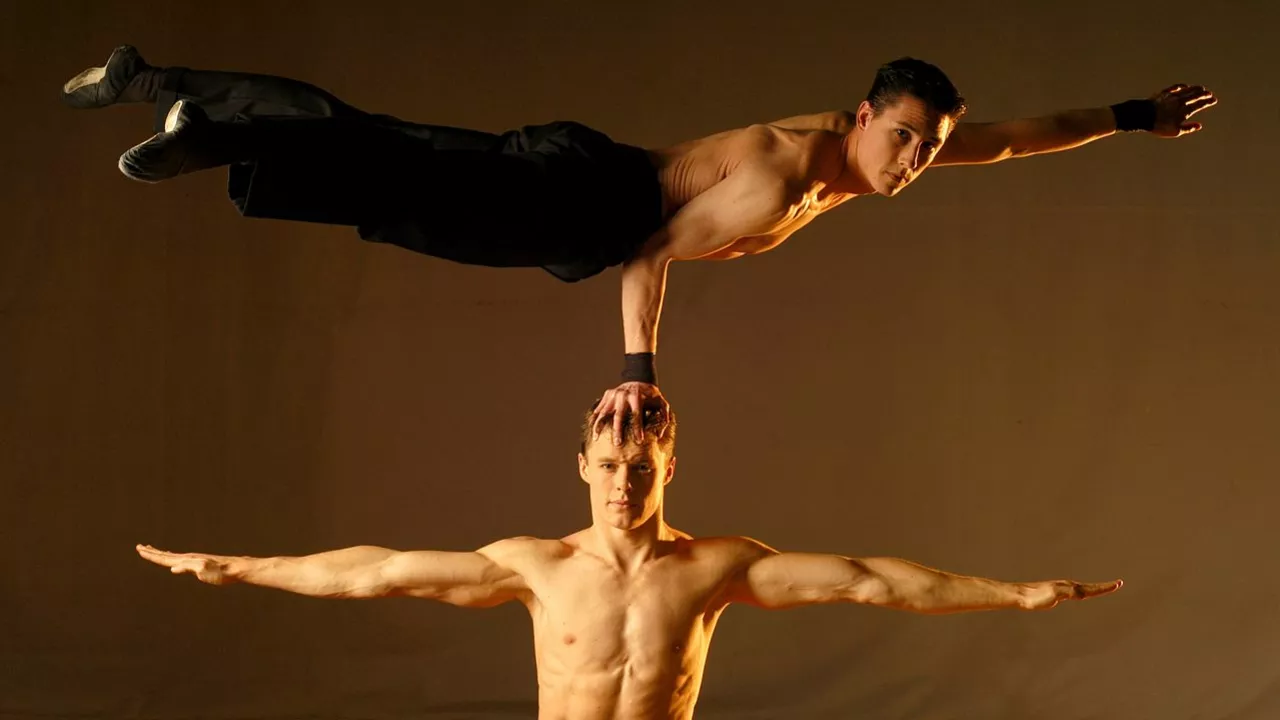Health & Fitness for Acrobats – Simple Tips to Stay Strong and Agile
If you love flipping, balancing, or soaring through the air, you already know that staying fit isn’t a side‑task – it’s the core of every routine. The good news? You don’t need a fancy gym membership or a PhD in biomechanics to keep your body ready for the mat. Below are the everyday moves, habits, and mind‑sets that keep acrobats at the top of their game.
Strength & Conditioning Essentials
First off, strength is the foundation. It’s not about bulk; it’s about control. Think of exercises that let you lift your own body weight reliably – pull‑ups, push‑ups, hollow holds, and planks. Aim for three sets of each, holding the position for 30‑45 seconds, three times a week. Add variations like archer pull‑ups or reverse planks to hit different muscle groups.
Core work is non‑negotiable. A solid core stabilises every spin, twist, and handstand. Try the “dead‑bug” and “bird‑dog” drills for low‑impact activation, then graduate to V‑ups and leg‑raises once you feel confident. Consistency beats intensity; a short 10‑minute core session every day beats a random hour‑long marathon.
Don’t forget the legs. Squats, lunges, and single‑leg deadlifts build the power you need for jumps and landings. Use body weight at first, then add a kettlebell or dumbbell as you progress. Keep the movement controlled – the goal is balance, not just depth.
Flexibility, Mobility and Recovery
Flexibility lets you reach those dramatic splits and high arches, but it’s a double‑edged sword without proper mobility work. Warm up with dynamic stretches – leg swings, arm circles, and spinal rotations – before any static hold. After a training session, spend 10‑15 minutes on static stretches: hamstring holds, hip flexor stretches, and shoulder openers. Hold each stretch for at least 30 seconds; the longer you stay, the deeper the release.
Recovery is where the magic happens. Good sleep (7‑9 hours) repairs micro‑tears and resets your nervous system. Hydration matters too – aim for 2‑3 litres of water daily, especially after sweaty sessions. If you feel sore, use a foam roller or massage ball to roll out tight spots. Light mobility drills on rest days keep joints lubricated without adding stress.
Nutrition fuels performance. Focus on lean proteins (chicken, fish, beans), complex carbs (oats, sweet potatoes), and healthy fats (avocado, nuts). A post‑workout snack with a 3:1 carb‑to‑protein ratio—like a banana with a scoop of whey—helps muscles recover faster.
Mindset matters as much as muscle. Visualization, breathing exercises, and short meditation sessions reduce anxiety before big performances. When you’re calm, your body moves more efficiently, and the risk of injury drops.
One common myth is that acrobats need to be tall to succeed. Our recent post “Are acrobats tall?” debunks that – height is just a bonus, not a requirement. Shorter athletes often excel in speed and rotation, while taller ones may have a reach advantage in aerial acts. What truly counts is how well you train your body, regardless of stature.
Putting it all together: schedule three strength days, two flexibility days, and at least one active‑recovery day each week. Track your workouts in a simple notebook or app, noting how you feel after each session. Small adjustments – a few extra seconds in a plank or a deeper hamstring stretch – add up over time.
Ready to level up? Pick one new exercise from the list, add it to your routine this week, and watch how your performance improves. Stay consistent, stay curious, and keep pushing your limits – the sky’s the limit for every acrobat.

Randed: Rebuilding Life After Sex Work
Leaving sex work is just the first step. Rebuilding a life after means fighting stigma, finding real opportunities, and being seen as more than your past. Real stories from the UK show it’s possible-with the right support.
Read More
Independent Escort Services in Toulouse: What to Expect and How to Stay Safe
Discover what to expect when hiring an independent escort in Toulouse, including common services like couples massage and yoni massage, how to stay safe, pricing, and why respect matters more than fantasy.
Read More
Are acrobats tall?
In exploring the topic of acrobat heights, I've found that there's no one-size-fits-all answer. Acrobats come in all shapes and sizes, and their height doesn't necessarily determine their abilities. Many successful acrobats are not particularly tall, as agility, strength, and balance often hold more importance in their craft. However, being tall can be advantageous in certain acrobatic disciplines. So, while height might be a factor, it's certainly not a prerequisite in the world of acrobatics.
Read More